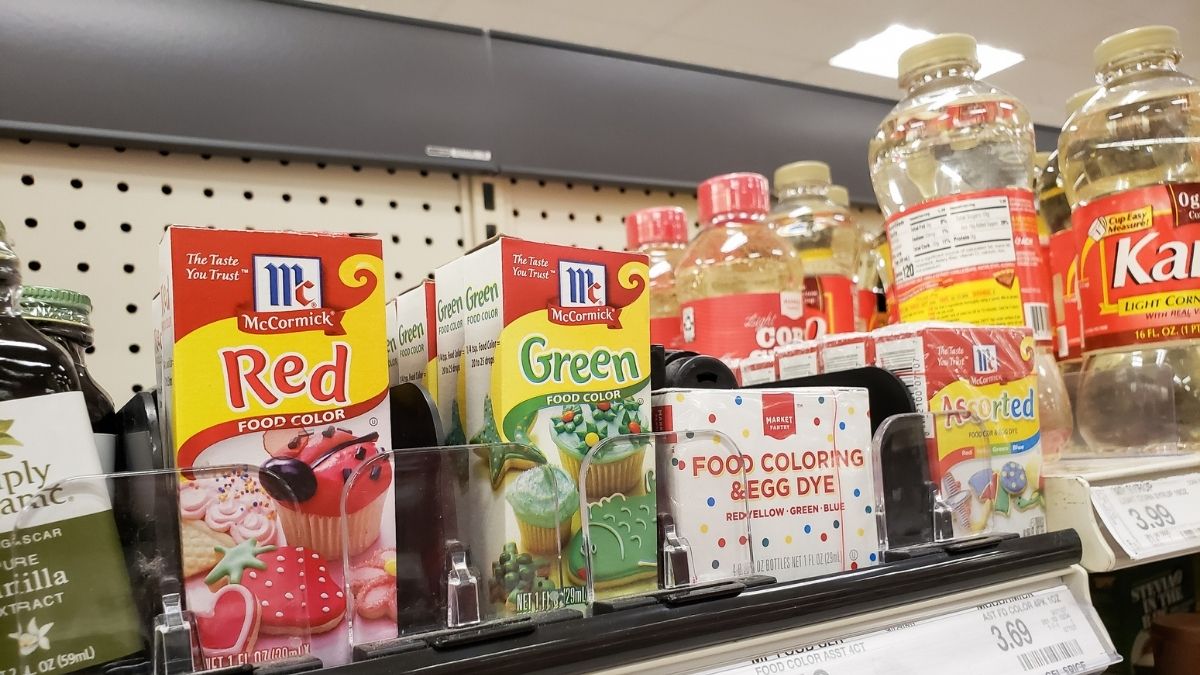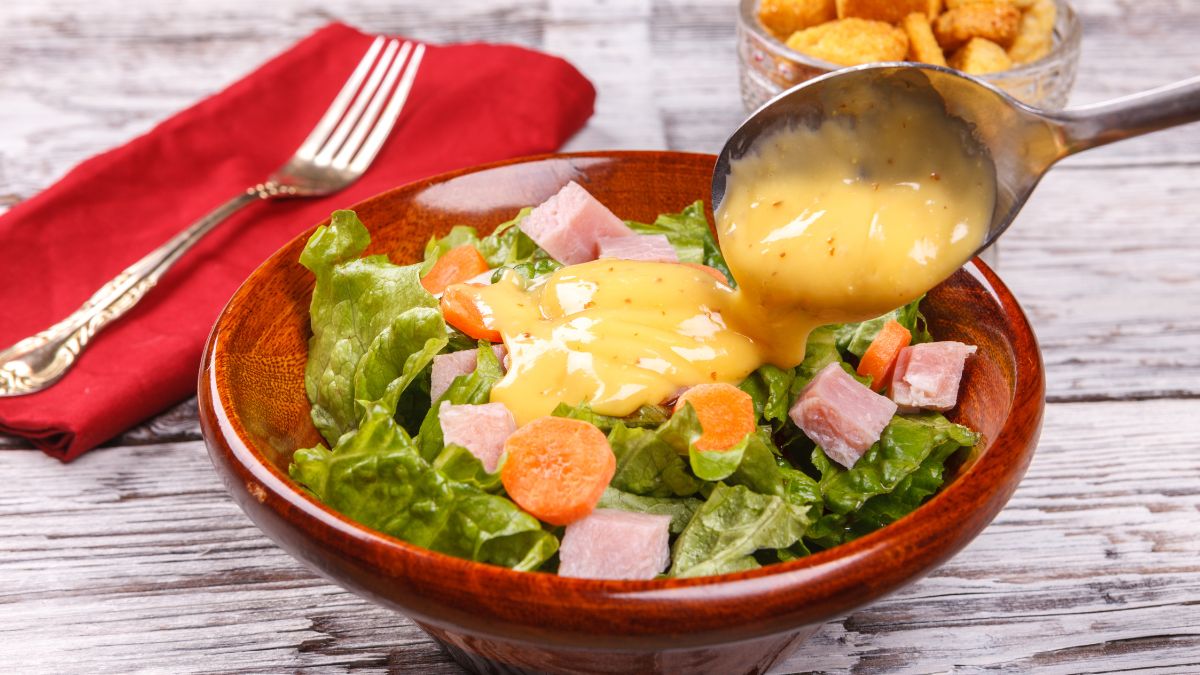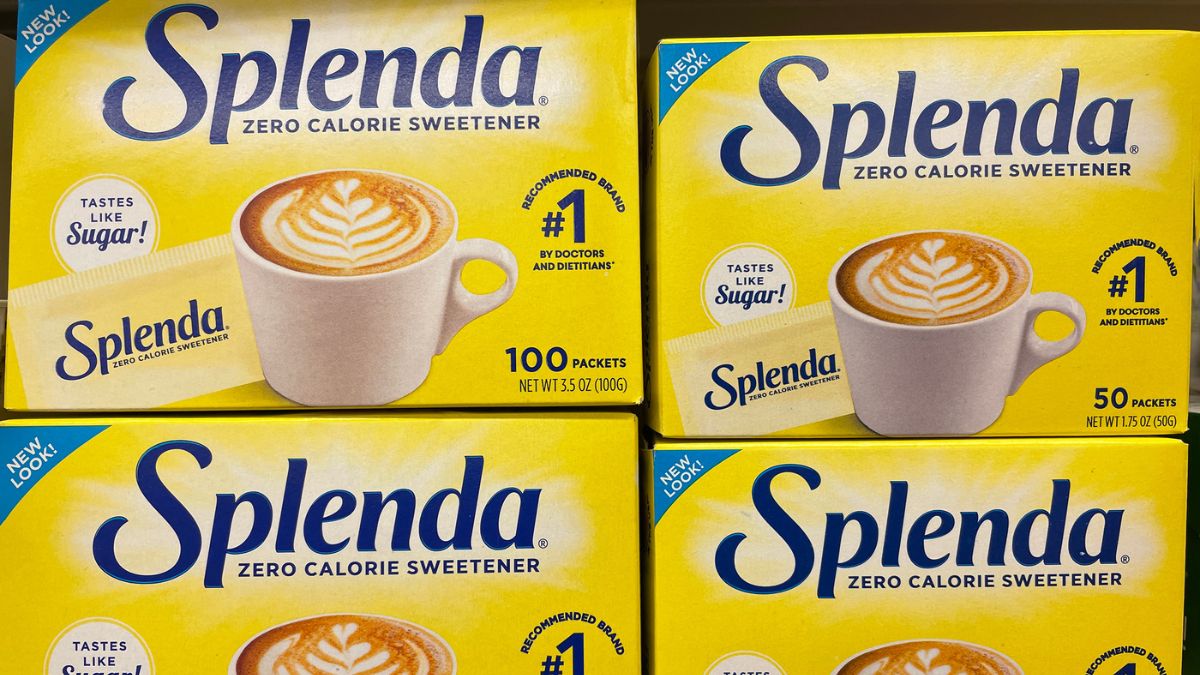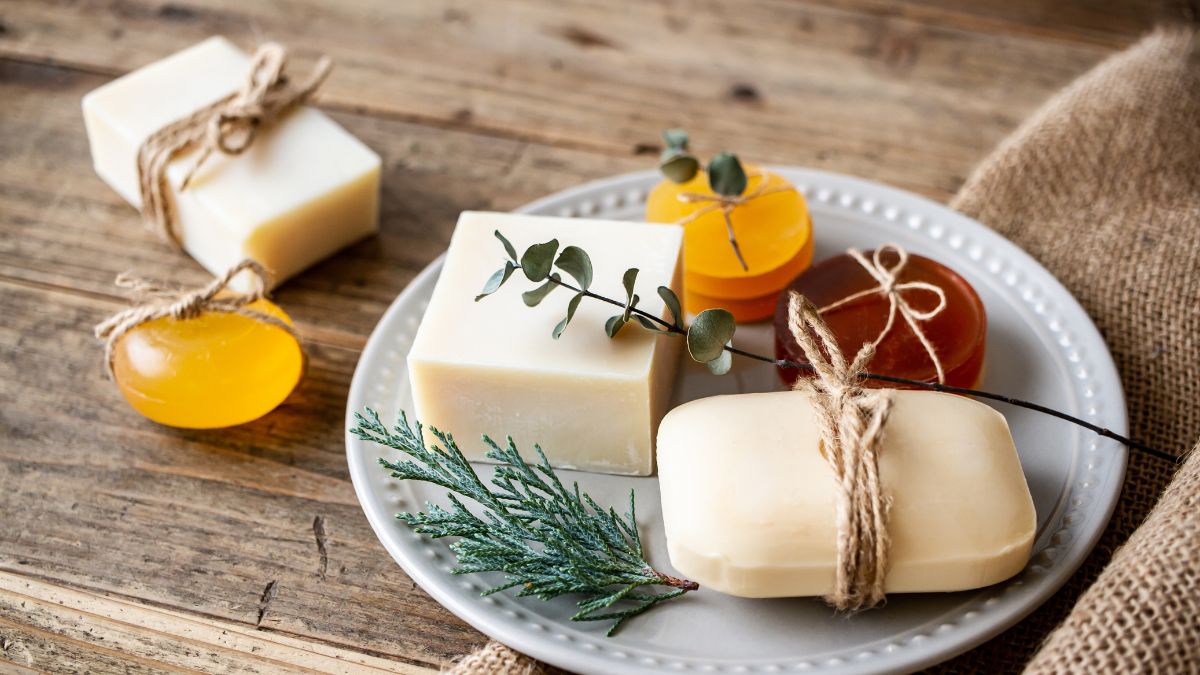Answer: No.

The primary ingredients of McCormick’s food coloring products are plant-based, so vegans might quickly assume that they are safe to use. However, we need to consider other factors that may deem these products as non-vegan.
McCormick & Company has been in the food industry for more than 100 years. This giant is responsible for all the spices, seasonings, condiments, and artificial food colors that are typically found in our kitchen. Every American household trusts McCormick in cooking different meals for different occasions.
While it does not contribute to the taste quality, McCormick food coloring is a must-have to make every meal look extra special. Colors make food more pleasing and presentable, and there is a scientific study showing the relationship between food coloring and the tendency of people to eat more.
It’s easy to see why McCormick food coloring remains a popular choice in grocery stores. But is McCormick food coloring vegan? For those following a strict animal cruelty-free lifestyle, this question is key. Vegans looking to incorporate McCormick food coloring into their daily routine will find this 2025 guide helpful, as it covers everything you need to know to decide if this product fits your ethical standards before adding it to your cart.
What Are The Ingredients In McCormick Food Coloring?
According to McCormick’s official website, seven products are under the food coloring category. Each product has its own set of ingredients, which may or may not include non-vegan contents. To make our analysis more comprehensive, we will break down the ingredients of each product and check whether these ingredients are all plant-derived as they are claimed to be.
McCormick Red Food Color
Among all available colors for artificial food coloring, red is the most likely to be made with animal-derived elements. Most manufacturers extract red dye from the crushed carcasses of bugs.
For McCormick Red Food Color, the main ingredients are water, propylene glycol, FD&C Reds 40 and 3, and 0.1% propylparaben. As mentioned earlier, the red dye is likely to come from an animal source. However, FDC Red 40 and 3 are not animal-based dyes.
FD&C 40 or simply red dye number 40 is a synthetic dye. It is not animal-derived, but it did not originate from plant remains either. Red dye 40 is made from petroleum, therefore we can say that this color additive used in McCormick food coloring is suitable for vegans.
Meanwhile, FD&C 3, also known as red dye number 3 or erythrosine, is another synthetic dye. It has a cherry-pink coloration that is made in the laboratory by combining different compounds. Red number 3 is used in food products less often than red dye 40, although sometimes the two are combined to create a more specific shade or blend of red.
At this point, it is safe to say that the red dye used in McCormick Red Food Color is not derived from animals, and is therefore vegan-approved. We now look at the other ingredients present in this food coloring.
Propylene glycol is a diol produced by the chemical reaction of compounds and has no components derived from animal remains. Propylparaben is a naturally-occurring substance found in fruits and vegetables. Blueberries and carrots are known sources of parabens.
With all these details at hand, we can declare that all ingredients of McCormick Red Food Color are vegan-friendly.
McCormick Green Food Color
Another commonly-used color in food products, green is less likely to be extracted from animal remains. In fact, plants are known as the main source of green dye. With McCormick Green Food Color, the main ingredients are pretty much the same as the red variety. Although, the former makes use of different dyes for an obvious reason.
The dyes used in McCormick Green Food Color are FD&C yellow 5 or yellow dye number 5, and blue dye number 1. Like red dye 40, yellow dye 5 is derived from petroleum. Since it is made artificially without requiring animal remains, yellow dye 5 is good for vegan consumption.
Blue dye 1 has the same story as the recently cited dyes. Blue 1 is extracted from petroleum, with additional chemical reactions needed to arrive at a particular shade of blue. There are no indications that blue dye 1 requires animal derivatives to be produced, so this dye is also vegan-friendly.
McCormick Yellow Food Color
There is nothing much to be worried about when it comes to the ingredients of McCormick Yellow Food Color. This food coloring product contains the same ingredients as the first two mentioned varieties by McCormick. Particularly, the main contents of McCormick Yellow Food Color are water, propylene glycol, FD&C yellow 5 and red 40, and 0.1% propylparaben.
As discussed in the previous sections, all these dyes and chemical compounds are not derived from animals.
McCormick Black Food Color
McCormick Black Food Color has quite a different composition compared to other artificial food dyes under the same brand. While the red and green food colorings have propylene glycol and propylparaben, the McCormick Black Food Color has phosphoric acid and sodium benzoate instead.
Phosphoric acid can be obtained from animal meat. Chicken and turkey are some of the animals that are known to be good sources of phosphoric acid. However, vegetables are also rich in phosphoric acid and can be used instead to extract this compound for large-scale manufacturing.
Vegetables are the more viable option as a source of phosphoric acid since they are easier to transport and process in factories. However, it is much better to verify the information from the company itself just to be safe.
Sodium benzoate, unlike phosphoric acid, is easily classified as vegan since animal remains are not needed to produce this compound. Sodium benzoate can only be produced synthetically using the chemical reaction between benzoic acid and sodium hydroxide, which are neither animal-derived.
In terms of the dyes used in this product, they are pretty much the same as the black color is made by the combination of red dye 40, blue dye 1, and yellow dye 5.
Corn Maltodextrin, Beet Juice Color, Ascorbic Acid, and Citric Acid. Sky Blue: Glucose Syrup Solids, Trehalose (Sweetener), and Spirulina. Sunflower: Glucose Syrup Solids, Turmeric Oleoresin, and Annatto Extract.
McCormick Nature’s Inspiration Food Color
This next food coloring from McCormick is different from the others mainly for the fact that it has all-natural ingredients. There are no synthetic or artificially-made substances in McCormick Nature’s Inspiration Food Color, which makes it the preferred food coloring variety by health-conscious consumers.
McCormick Nature’s Inspiration Food Color has corn maltodextrin, beet juice color, ascorbic acid, citric acid, glucose syrup solids, trehalose, spirulina, turmeric oleoresin, and Annatto Extract.
Obviously, corn maltodextrin and beet juice color are both plant-based components of this food coloring product. Meanwhile, ascorbic acid and citrus acid are produced from glucose that is abundant in fruits and vegetables. Citrus fruits such as lemon, key lime, orange, and pomelo are some of the known sources of ascorbic and citrus acid.
Glucose syrup solids are often made using glucose-rich fruits, while trehalose is a known sugar derived from plant sources. Spirulina is a type of kelp, turmeric oleoresin is an extract from the roots of Curcuma longa, and Annatto Extract is obtained from the seeds of the achiote tree. To sum it up, every ingredient of McCormick Nature’s Inspiration Food Color is a plant derivative and is therefore suitable for vegans.
McCormick Assorted Food Color & Egg Dye
This variety of McCormick food coloring is a special combination of the basic food colors from McCormick. McCormick Assorted Food Color & Egg Dye is a collection of red, green, yellow, and blue food colorings.
Since all the ingredients analyzed in the previous food color varieties turn out to be vegan, we have no problem with the substances present in McCormick Assorted Food Color & Egg Dye.
McCormick Neon Assorted Food Color & Egg Dye
McCormick Neon Assorted Food Color & Egg Dye is simply a special version of the previous food coloring product. It features bright neon colors, namely neon purple, neon green, neon pink, and neon blue.
The only difference between this product and the other McCormick food colorings is that the colors appear more fluorescent. However, McCormick Neon Assorted Food Color & Egg Dye has exactly the same ingredients as the others, particularly the basic dyes such as red dyes 40 and 3, blue dye 1, and yellow dye 5.
With this, we can say for sure that the ingredients of McCormick Neon Assorted Food Color & Egg Dye are vegan-friendly as well.
What Are The Other Factors That Make McCormick Food Coloring Non-Vegan?
You will notice that in the previous section, we confirmed that the ingredients used in McCormick food coloring products are vegan. This is mainly for the fact that these ingredients are not animal derivatives. However, it was not explicitly certified that the products themselves are vegan.
If the main components of these McCormick food coloring products are plant-based, what could be the other reason for them to become non-vegan? Remember that the vegan status of a certain product does not only involve the source of its components. The ingredients might be derived from plants, but it’s still possible that animals are harmed or exploited during the production process.
All the artificial dyes used in McCormick food coloring are likely to have required animal tests before getting approval for mass production. For an instance, blue dye 1 has been tested on animals such as mice, rats, and dogs to determine how long can a living being survive from continuous exposure to this artificial coloring.
There are also accounts on the animal tests conducted on rats that were aimed to determine the side effects of red dye 40 to unborn rat fetuses when the mother is exposed to it. Rats were also the primary subject of lab tests for red dye 3, and it was found that the development of thyroid follicular cell hyperplasia and adenomas happens in male rats exposed to the dye.
Wrapping Up
You will eventually find sources on the Internet saying that McCormick food coloring is vegan-recommended because it does not have a single trace of animal remains. Indeed, the available food coloring varieties from McCormick contain ingredients that are either plant-based or synthetic.
However, we should look beyond the origin of these ingredients to have a broader perspective of the product. Some vegans will be contented to know that the dyes and preservatives used in making McCormick’s food coloring variants are plant extracts. Meanwhile, other vegans tend to dig a little deeper and learn that animals are actually put in danger for the sake of mass production.
There are records that show the use of animal tests to study artificial food dyes. Some of these dyes such as red dye 3, blue dye 1, and yellow dye 5 are known ingredients of McCormick food coloring. Hence, we cannot 100% say that the product is vegan because of the possibility of these dyes being tested on animals.




